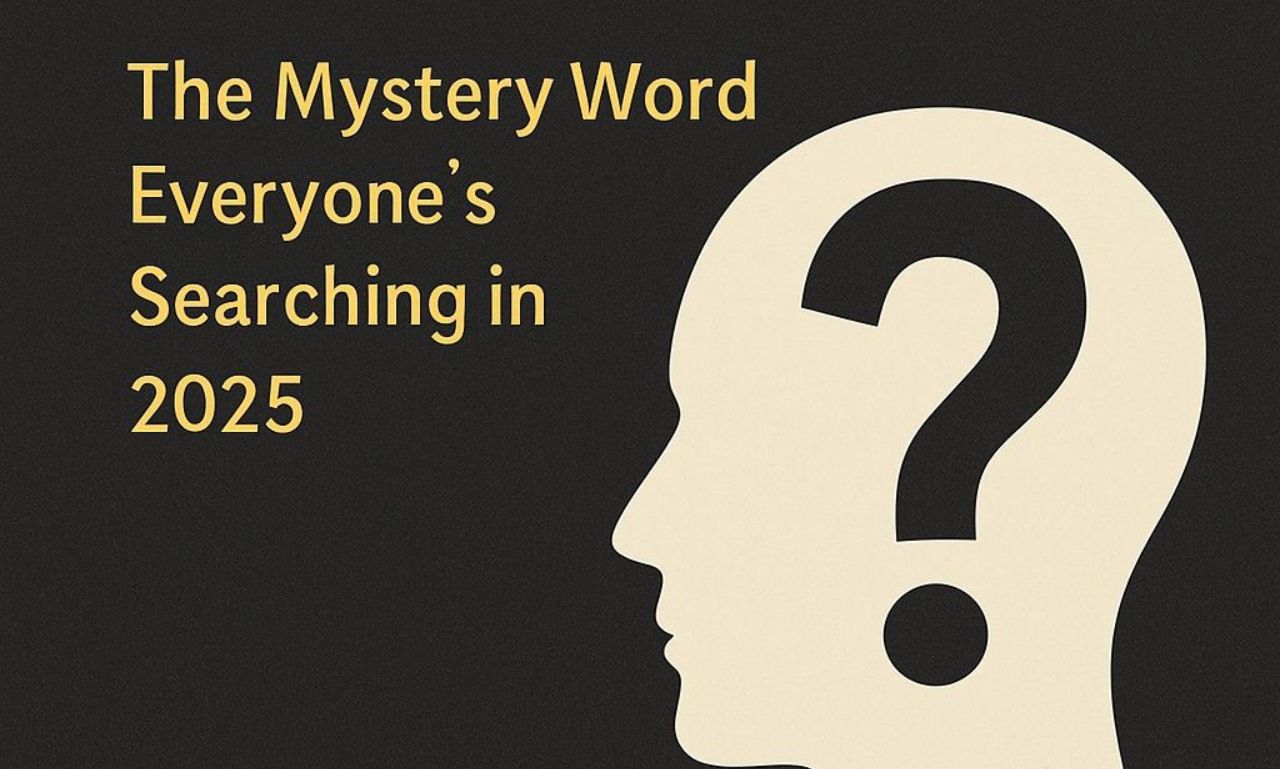The term Hitaar has been gaining recognition in different contexts, from cultural traditions to modern adaptations. While its definition and scope may vary depending on the region or field, the idea of Hitaar generally relates to values, harmony, and practices that bring balance to life. This article explores Hitaar in depth—its roots, philosophy, uses, and its relevance in the present day.
Introduction
Hitaar is often described as more than just a word; it represents a philosophy or way of thinking. Depending on the cultural lens, Hitaar can symbolize harmony, shared wisdom, or even a structured system of art and communication. Unlike terms with rigid definitions, Hitaar carries fluidity, which makes it adaptable to multiple disciplines such as literature, music, wellness, and community living.
Understanding Hitaar requires an exploration of both its traditional essence and modern applications. By doing so, we can see how the concept remains relevant across generations.
The Origins of Hitaar
The historical backdrop of Hitaar is deeply intertwined with cultural practices. In many interpretations, Hitaar stems from ancient expressions tied to communal harmony and collective growth. Some scholars suggest that the word resonates with ideas of balance, while others connect it to practices in performing arts or storytelling.
The origin of Hitaar may vary across different geographies, but the central theme often remains the same: bringing together individuals and communities through shared experiences.
Cultural Context of Hitaar
Culture plays an essential role in shaping the identity of Hitaar. In various societies, Hi-taar has been referenced in:
-
Oral Traditions: Communities passed down stories, wisdom, and values under the umbrella of Hitaar.
-
Performing Arts: Music, dance, and theatre performances often carried the spirit of Hitaar, emphasizing unity.
-
Festivals and Rituals: Celebrations in many regions integrated Hitaar as a way to preserve harmony and joy.
Through these cultural dimensions, Hitaar became an essential part of identity and continuity.
Hitaar in Literature and Storytelling
One of the most profound ways Hitaar manifests is through literature. Writers and poets often invoke the spirit of Hitaar to emphasize themes of togetherness, hope, or transformation. Storytelling with Hitaar as a foundation ensures that values are passed from one generation to another while keeping the narrative engaging.
In folk tales, Hi-taar has been represented as a guiding principle that connects humans with nature, society, and spirituality. In modern literature, the concept continues to inspire works that aim to unify audiences across cultural divides.
Hitaar in Music and Performing Arts
Music and arts provide a creative platform for expressing Hi-taar. Many cultures regard Hi-taar as the rhythm or harmony that binds performers and audiences together.
-
In Music: Hi-taar could be represented as the melody that ties diverse instruments into one performance.
-
In Theatre: Plays and dramas use Hi-taar to symbolize unity in dialogue and action.
-
In Dance: Choreographers often incorporate movements that embody the principles of Hi-taar, showcasing balance and coordination.
By shaping experiences, Hi-taar enriches cultural expression and allows creativity to transcend boundaries.
The Philosophical Dimensions of Hitaar
Beyond culture and arts, Hitaar embodies a philosophy of life. It emphasizes:
-
Balance – Maintaining equilibrium between the physical, mental, and emotional aspects of life.
-
Harmony – Cultivating relationships built on trust, respect, and shared values.
-
Growth – Encouraging individuals and societies to evolve while holding onto core principles.
This philosophy allows Hi-taar to adapt into wellness practices, leadership frameworks, and even educational systems.
Hitaar in Modern Society
In today’s fast-paced world, the meaning of Hi-taar continues to evolve. Many communities adopt Hi-taar as a guiding principle for personal development, teamwork, and community service.
-
Corporate Sector: Businesses use Hi-taar-inspired frameworks to promote team collaboration.
-
Education: Schools integrate the principles of Hitaar into teaching methods that focus on inclusivity and holistic development.
-
Wellness Industry: Practices such as yoga, meditation, and mindfulness align with the core philosophy of Hitaar.
By embracing modern adaptations, Hitaar ensures that traditions remain alive while addressing contemporary challenges.
Hitaar and Technology
Interestingly, the digital age has also found space for Hi-taar. Online communities often mirror the collective spirit of Hi-taar by fostering shared knowledge and collaboration. Social platforms, virtual events, and digital storytelling now serve as mediums where the principles of Hi-taar thrive.
This merging of tradition with innovation allows people across the globe to connect, share, and grow under the same guiding philosophy.
Global Influence
Although the term originates from specific traditions, the influence of Hi-taar has spread globally. Scholars, artists, and thinkers interpret it in ways that resonate with their own cultural frameworks. As a result, Hi-taar has become a universal concept that can be molded to fit diverse contexts.
This universality makes Hi-taar appealing not just to cultural enthusiasts but also to global thinkers who seek harmony in an increasingly fragmented world.
Applications in Daily Life
Practical applications of Hi-taar show how it transcends theory and impacts everyday living. Some examples include:
-
Conflict Resolution: Applying the principles of balance and understanding to resolve disputes.
-
Leadership: Using Hi-taar to inspire ethical and collaborative leadership.
-
Personal Growth: Following Hi-taar as a lifestyle principle to achieve holistic well-being.
-
Community Development: Encouraging unity and shared responsibility within local societies.
These applications ensure that Hi-taar is not just a philosophical idea but also a practical tool for improvement.
Challenges
While Hi-taar continues to inspire, it also faces challenges in preservation. Rapid globalization, urbanization, and digital distractions sometimes overshadow traditional practices. Younger generations may overlook the importance of Hitaar due to limited awareness.
To overcome these challenges, communities are taking initiatives such as:
-
Documenting cultural stories connected with Hi-taar.
-
Integrating H-itaar into educational curricula.
-
Using digital platforms to share and promote Hi-taar.
These efforts are crucial for keeping the spirit of Hi-taar alive for future generations.
The Future of Hitaar
The future of H-itaar looks promising as more individuals and institutions recognize its significance. With growing awareness around cultural preservation, mindfulness, and community development, Hi-taar is likely to gain renewed importance.
Incorporating Hi-taar into global conversations can foster unity across different societies, making it not only a cultural heritage but also a guiding principle for sustainable living.
Conclusion
Hi-taar is more than a word—it is a philosophy, a cultural treasure, and a guiding principle that transcends time and space. Rooted in traditions yet adaptable to modern life, Hitaar symbolizes harmony, growth, and balance.
From its origins in storytelling and arts to its modern applications in education, leadership, and wellness, H-itaar continues to evolve while maintaining its core essence. As communities strive to preserve and adapt it, Hi-taar will remain a vital concept that enriches both personal and collective life.

